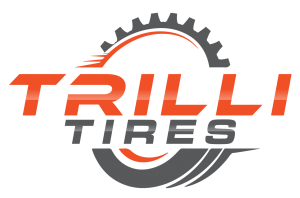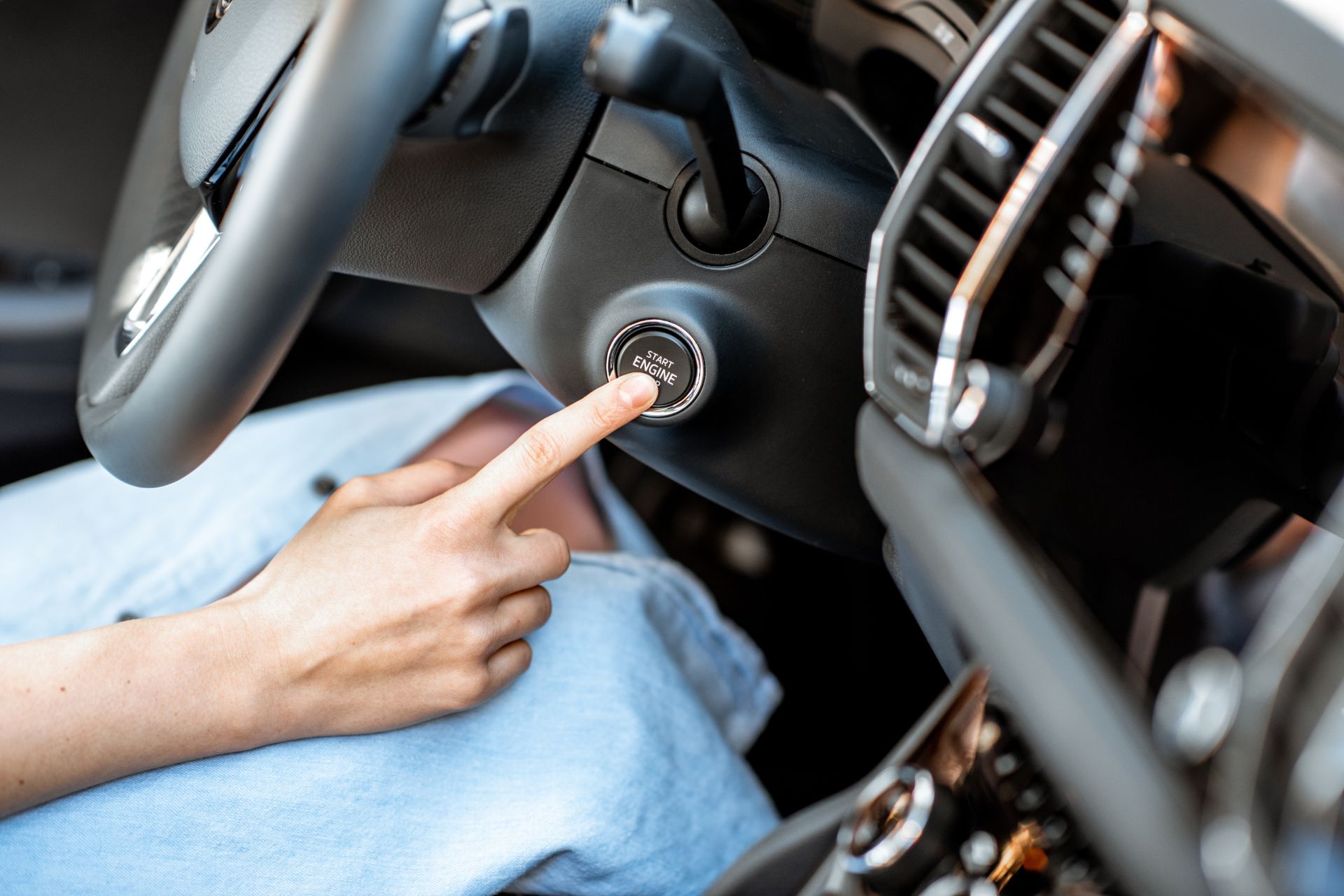When you start your car, the process begins with a crucial mechanical action known as engine cranking. This term refers to the initial rotation of the engine’s crankshaft, powered by the starter motor, to ignite the combustion process. Though it may seem like a simple turn of the key or push of a button, engine cranking involves a complex interplay of electrical and mechanical systems.
The Basics of Engine Cranking
Engine cranking is the first step in starting a vehicle’s engine. It involves the starter motor turning the engine’s crankshaft, allowing the pistons to move and create the necessary conditions for combustion. The cranking process provides the initial momentum needed for the engine to operate independently.
For this to happen, the starter motor draws power from the car battery, converting electrical energy into mechanical energy. The spark plugs ignite the air-fuel mixture in the engine cylinders during this phase, allowing the engine to “catch” and begin running on its own.
Key Components Involved in Engine Cranking
Several critical components work together to facilitate engine cranking:
1. Battery: The car battery is the primary source of electrical energy for the starter motor. A fully charged and functioning battery is essential for efficient cranking.
2. Starter Motor: The starter motor is a small but powerful electric motor responsible for turning the engine’s crankshaft. It engages with the flywheel to create the necessary rotation.
3. Flywheel: The flywheel is a large, heavy disc connected to the crankshaft. When the starter motor engages with the flywheel, it helps to rotate the engine’s internal components.
4. Ignition Switch: The ignition switch activates the starter motor. In modern cars, this is often replaced by a push-button system.
5. Spark Plugs: Spark plugs ignite the air-fuel mixture in the cylinders, enabling the engine to transition from cranking to running independently.
How Engine Cranking Works
The engine cranking process can be broken down into several steps:
1. Turning the Key or Pressing the Button: When you turn the ignition key or press the start button, the ignition switch sends an electrical signal to the starter motor.
2. Activating the Starter Motor: The starter motor receives electrical power from the battery and engages with the flywheel.
3. Rotating the Crankshaft: The starter motor turns the flywheel, which rotates the crankshaft. This motion moves the pistons within the engine cylinders.
4. Initiating Combustion: As the pistons move, they compress the air-fuel mixture in the cylinders. The spark plugs then ignite this mixture, creating the combustion needed to power the engine.
5. Engine Self-Sustaining: Once combustion begins, the engine generates its own power, allowing it to run without assistance from the starter motor.
Common Issues with Cranking
Several factors can affect the efficiency of engine cranking. Understanding these issues can help you identify and address problems before they escalate:
1. Weak or Dead Battery: A weak or dead battery is one of the most common reasons for cranking failure. Without sufficient power, the starter motor cannot turn the crankshaft.
2. Faulty Starter Motor: A malfunctioning starter motor can prevent the flywheel from engaging, halting the cranking process.
3. Ignition System Problems: Faulty spark plugs or issues with the ignition switch can disrupt the process of initiating combustion.
4. Cold Weather: Extremely low temperatures can make engine oil thicker, increasing resistance and making it harder for the engine to crank.
5. Electrical Issues: Problems with wiring or connections can interrupt the flow of electricity to the starter motor.
How to Maintain an Efficient Engine Cranking System
To ensure your vehicle starts reliably, regular maintenance of the components involved in engine cranking is essential:
1. Battery Care: Keep your battery terminals clean and free of corrosion. Check the battery’s charge regularly, especially during cold weather.
2. Starter Motor Inspection: Periodically inspect the starter motor for wear and tear. Replace it if you notice signs of malfunction.
3. Spark Plug Replacement: Replace spark plugs according to your vehicle manufacturer’s recommendations to ensure efficient ignition.
4. Regular Oil Changes: Use the recommended engine oil and change it regularly to reduce resistance during cranking.
5. Electrical System Checks: Inspect the wiring and connections for any signs of damage or corrosion that could disrupt electrical flow.
Signs of Engine Cranking Problems
Recognizing the signs of cranking issues can save you from unexpected breakdowns:
1. Slow or No Cranking: If the engine turns over slowly or not at all, it may indicate a weak battery or faulty starter motor.
2. Clicking Sound: A clicking noise when you try to start the car often points to insufficient power reaching the starter motor.
3. Grinding Noise: Grinding noises can occur if the starter motor’s gear fails to engage with the flywheel properly.
4. Flickering Lights: Dimming or flickering dashboard lights during cranking can signal electrical problems.
Advanced Technologies in Modern Engine Cranking
Modern vehicles have integrated advanced technologies to improve the efficiency and reliability of engine cranking:
1. Push-Button Start: Many cars now feature push-button ignition systems, eliminating the need for a traditional key.
2. Start-Stop Systems: These systems automatically shut off the engine when the car is idle and restart it when the accelerator is pressed, enhancing fuel efficiency.
3. Enhanced Batteries: Modern batteries are designed to handle higher electrical loads and provide consistent performance even in extreme conditions.
Why Cranking Matters
Engine cranking is more than just a mechanical process; it’s the gateway to your vehicle’s functionality. A reliable cranking system ensures smooth starts, prevents unnecessary wear on engine components, and contributes to overall vehicle performance.
Final Words
Understanding engine cranking and how it works can help you appreciate the intricate systems that power your vehicle. By maintaining the components involved in cranking and recognizing potential issues early, you can ensure your car starts reliably every time.
For expert advice on keeping your vehicle in top shape, including tire services, contact TrilliTires in Richmond Hill. Our team is here to help you drive with confidence!

